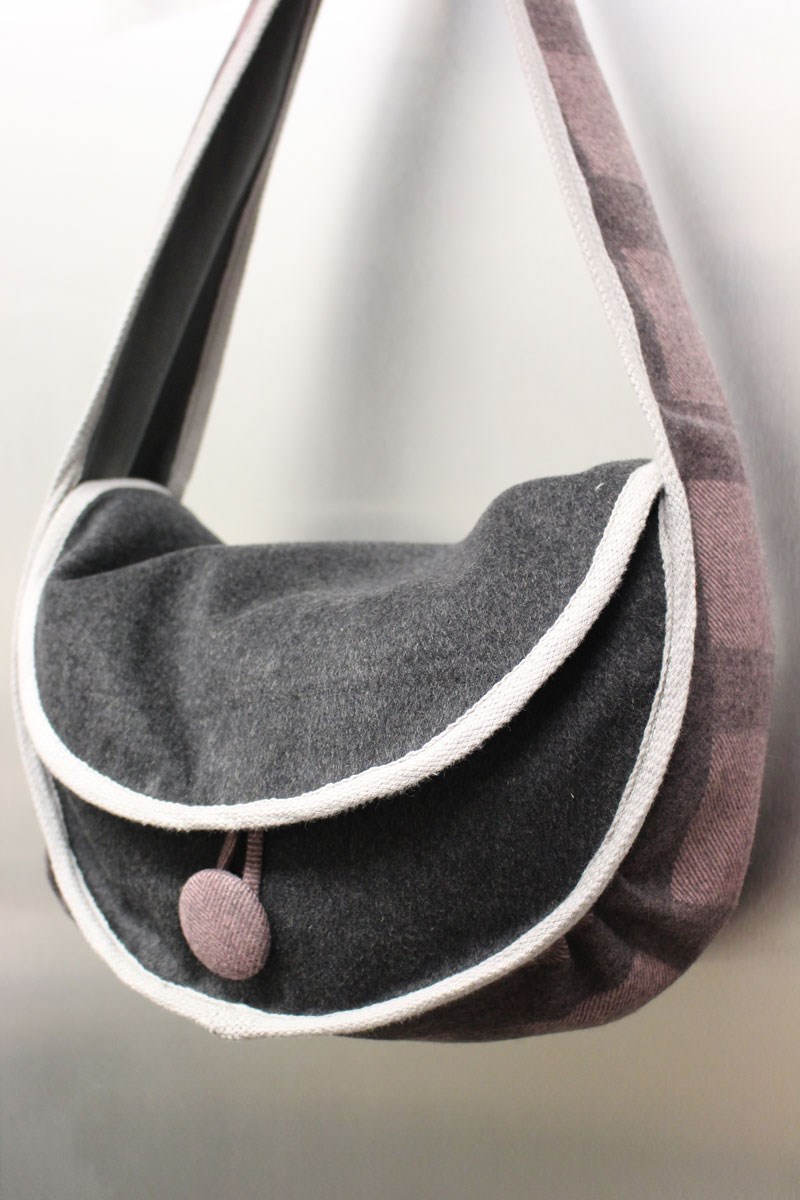Vancouver Community College’s (VCC) fashion-program instructors had a problem. Program coordinator Andrea Korens explains: “When I tried to teach my students about something they hadn’t encountered – demographics or efficiency, for example – I would see their eyes glaze over.”
This led to VCC developing its Colure fashion label as part of the new Fashion Design and Production diploma. Students are given six weeks to research, design, pattern, prototype, produce, cost, and bring to market products that will be sold in real-life retail environments. “We found it was important to provide a context to students for future learning, so they understand why they need certain skills,” says Korens.
The first cohort of six students worked on individual ideas for bags, then split into two groups and selected one design per group on which to collaborate. “It was all about getting the job done, rather than executing their creative vision,” says Korens. “There’s a misconception that the fashion industry is full of one-man bands, but actually, you can’t be a diva. Any project improves with feedback, and interpersonal skills are really important.”
Colure’s debut collection comprises two bags – a tote ($60) and a sling ($80) – that are now available at Bird on a Wire Creations (2535 Main, BirdOnAWireCreations.com). Each student produced one bag, so they’re extremely limited – only three of each design exist.
The students have just started their second product for Colure: a T-shirt, which will be sold online. And over the two-year course, projects will become more complex, culminating in a full collection supported by branding and a comprehensive marketing strategy. “Most fashion programs offer a final show where students can showcase their designs, but that commercial background knowledge is missing,” says Korens.
Kathryn Hammerton had her own label, specializing in bridal and eveningwear, before moving from the UK to Vancouver to do the VCC course. In spite of her experience, she learned a lot from the Colure project. “We had all sorts of challenges.Our pattern was refined several times and we had to overcome a lot of production issues,” she says. “It was a very realistic project, as we were documenting every change and learning how to work as a team.”
As well as improving her production skills, the course has given Hammerton more industry contacts.
And how does she feel about the resulting tote bag? “I love all the details we put in– like the big cover button – and we pattern-matched the tartanon the seams, which looks great.”



